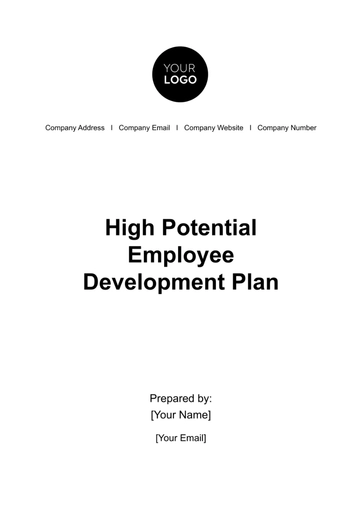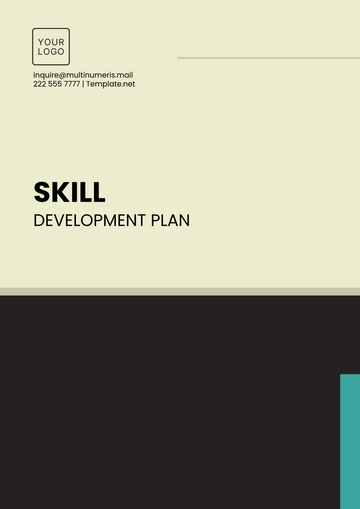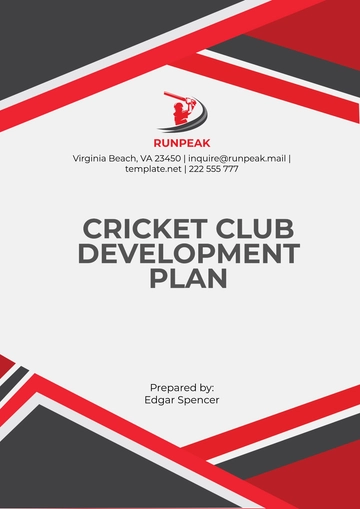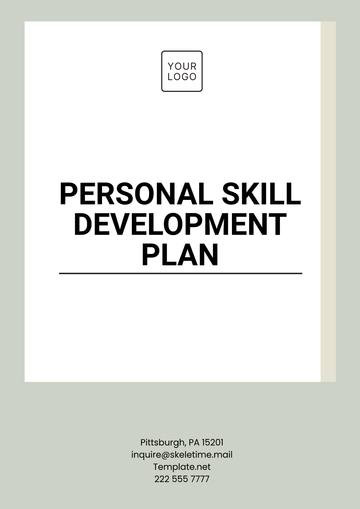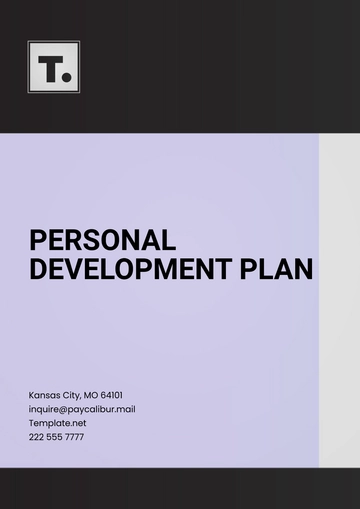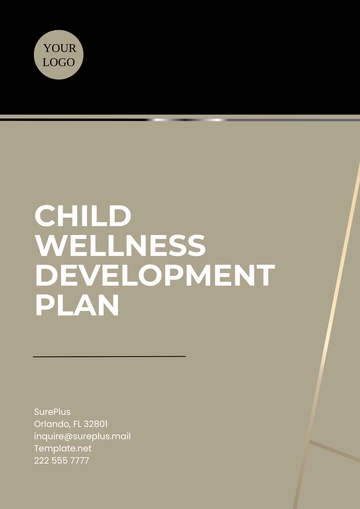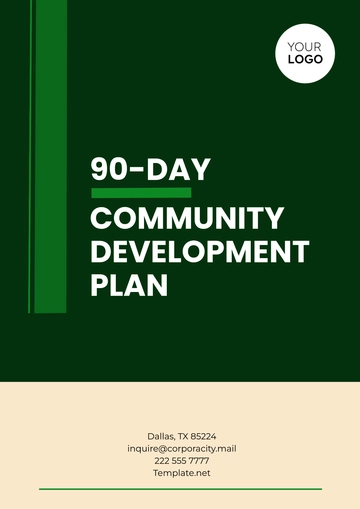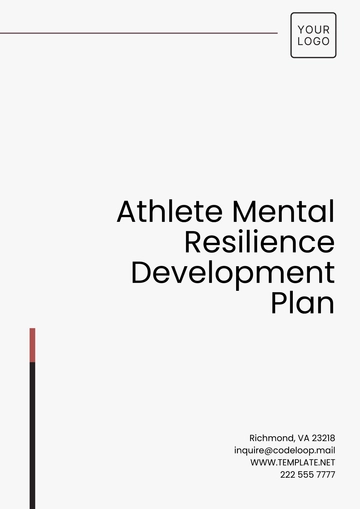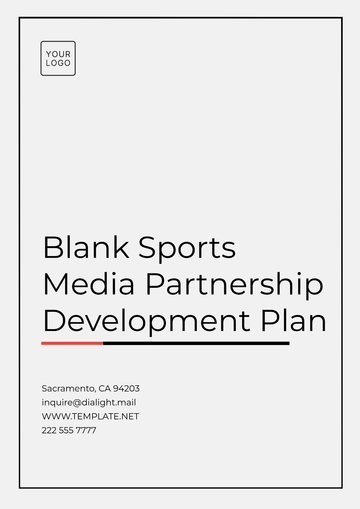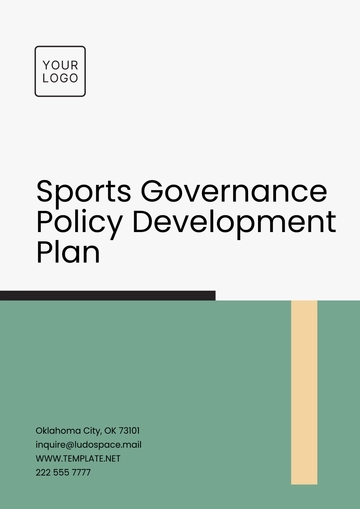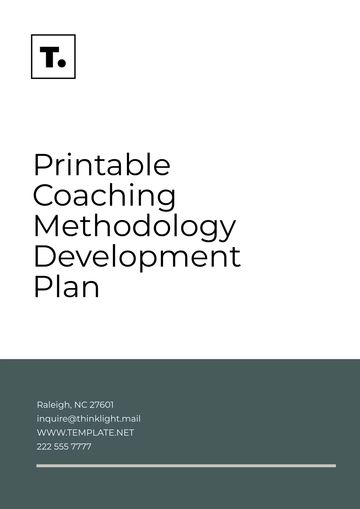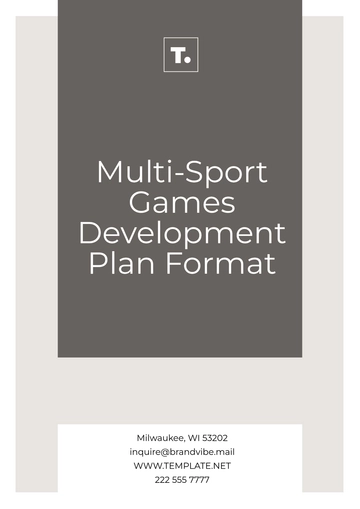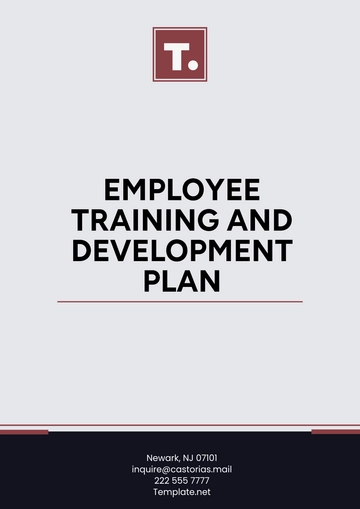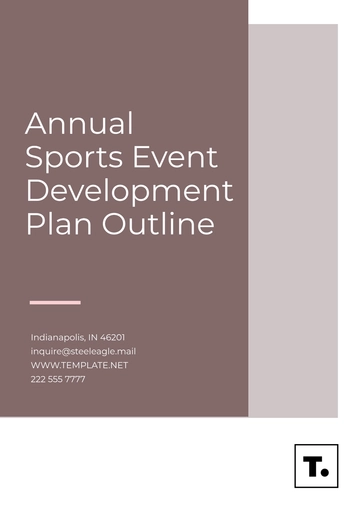Web Application Development Plan
Written by: [YOUR NAME]
Company: [YOUR COMPANY NAME]
I. Executive Summary
A. Project Overview
This Web Application Development Plan outlines the strategy, requirements, and steps necessary to develop a robust and user-friendly web application for [YOUR COMPANY NAME]. The objective is to create a platform that enhances user engagement, increases operational efficiency, and supports business growth.
B. Goals and Objectives
Develop a scalable and secure web application.
Enhance user experience with intuitive design and functionality.
Integrate advanced features to support business processes.
Ensure compliance with industry standards and regulations.
C. Project Summary Table
Item | Description | Date |
|---|
Project Kickoff | Initial meeting to start the project | 1/1/2050 |
Prototype Completion | The initial version of the application | 4/30/2050 |
Final Delivery | Fully developed and tested application | 11/15/2050 |
II. Project Scope
A. Deliverables
Web Application Prototype: Initial version to gather feedback.
Final Web Application: Complete application with all features.
User Documentation: Guides and manuals for end-users.
Technical Documentation: Detailed documentation for developers and IT staff.
B. Milestones and Timeline
Milestone | Description | Start Date | End Date |
|---|
Project Kickoff | Begin project planning and initiation | 1/1/2050 | 1/1/2050 |
Requirements Gathering | Collect detailed requirements from stakeholders | 1/10/2050 | 2/28/2050 |
Design Phase | Create application designs and UI/UX prototypes | 3/1/2050 | 4/30/2050 |
Development Phase | Code and build the application | 5/1/2050 | 8/31/2050 |
Testing Phase | Conduct thorough testing to ensure quality | 9/1/2050 | 10/31/2050 |
Launch Date | Deploy the application to production | 11/15/2050 | 11/15/2050 |
III. Requirements
A. Functional Requirements
User Authentication and Authorization: Secure login and access control.
Responsive Design: Ensure usability across various devices.
Data Management and Storage: Efficient data handling and storage solutions.
Interactive User Interface: Engaging and intuitive UI elements.
Reporting and Analytics: Provide insightful data reports and analytics tools.
B. Non-Functional Requirements
Performance: Fast load times and efficient processing.
Scalability: Ability to handle increased load and user base.
Security: Protect against threats and ensure data privacy.
Usability: Easy to use and navigate.
Compliance: Adherence to relevant laws and standards.
IV. Project Team
A. Roles and Responsibilities
Project Manager: Oversee project execution, timeline, and budget.
Lead Developer: Responsible for coding and technical decisions.
UI/UX Designer: Design user interface and user experience.
Quality Assurance: Conduct testing and ensure quality standards.
Business Analyst: Gather requirements and ensure alignment with business goals.
V. Budget and Resources
A. Estimated Budget
Category | Amount |
|---|
Development | $250,000 |
Design | $100,000 |
Testing | $50,000 |
Project Management | $50,000 |
Miscellaneous | $50,000 |
Total | $500,000 |
B. Resource Allocation
Human Resources: Development team, design team, QA team.
Technical Resources: Development tools, testing environments, servers.
VI. Risk Management
A. Risk Identification
Risk | Description | Impact | Probability | Mitigation Strategy |
|---|
Technical Challenges | Potential difficulties in development | High | Medium | Regular code reviews and technical spikes |
Timeline Delays | Delays in meeting project milestones | Medium | High | Strict timeline management and buffer time |
Budget Overruns | Exceeding the allocated budget | High | Medium | Regular budget reviews and cost control measures |
Scope Creep | Addition of features beyond the initial scope | Medium | High | Clear requirement definitions and change control processes |
VII. Testing and Quality Assurance
A. Testing Phases
Phase | Description | Start Date | End Date |
|---|
Unit Testing | Testing individual components | 9/1/2050 | 9/15/2050 |
Integration Testing | Ensuring components work together | 9/16/2050 | 9/30/2050 |
System Testing | Complete system testing for bugs | 10/1/2050 | 10/15/2050 |
User Acceptance Testing | Final testing with end-users | 10/16/2050 | 10/31/2050 |
B. Quality Assurance Standards
Code Reviews: Regular peer reviews of code.
Automated Testing: Implement automated test scripts.
Performance Monitoring: Continuous performance checks.
Security Audits: Regular security assessments.
VIII. Deployment and Maintenance
A. Deployment Plan
Preparation of Deployment Environment: Set up servers and configurations.
Data Migration: Transfer data to the new system.
Go-Live Checklist: Final checks before deployment.
Post-Launch Monitoring: Continuous monitoring post-deployment.
B. Maintenance and Support
Routine Maintenance: Regular updates and fixes.
Issue Tracking and Resolution: System for reporting and fixing issues.
User Support and Training: Provide support and training resources.
Feature Enhancements: Plan and implement new features.
IX. Conclusion
This Web Application Development Plan serves as a comprehensive guide to ensure the successful execution and delivery of the web application project for [YOUR COMPANY NAME]. By adhering to the outlined strategy, timelines, and best practices, the project team aims to achieve the set objectives and provide a valuable solution to the end users.
Plan Templates @ Template.net



